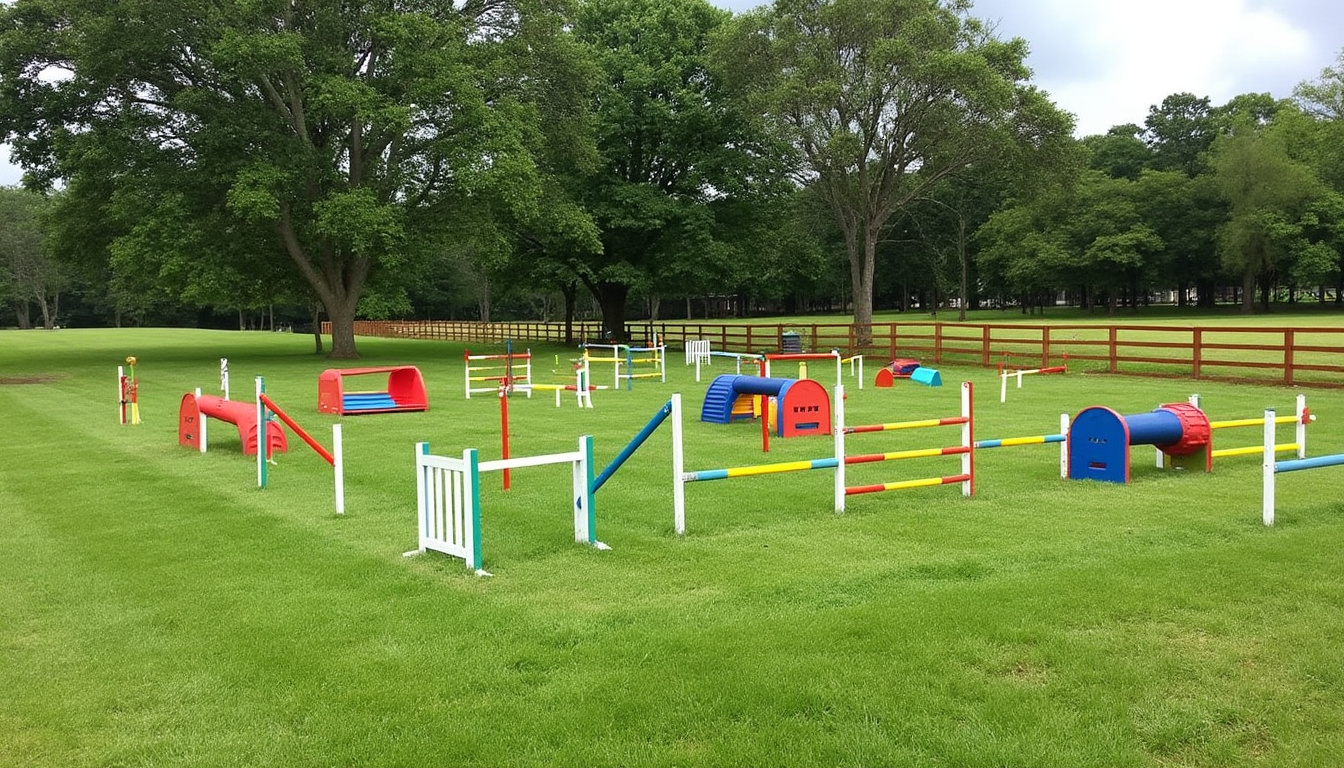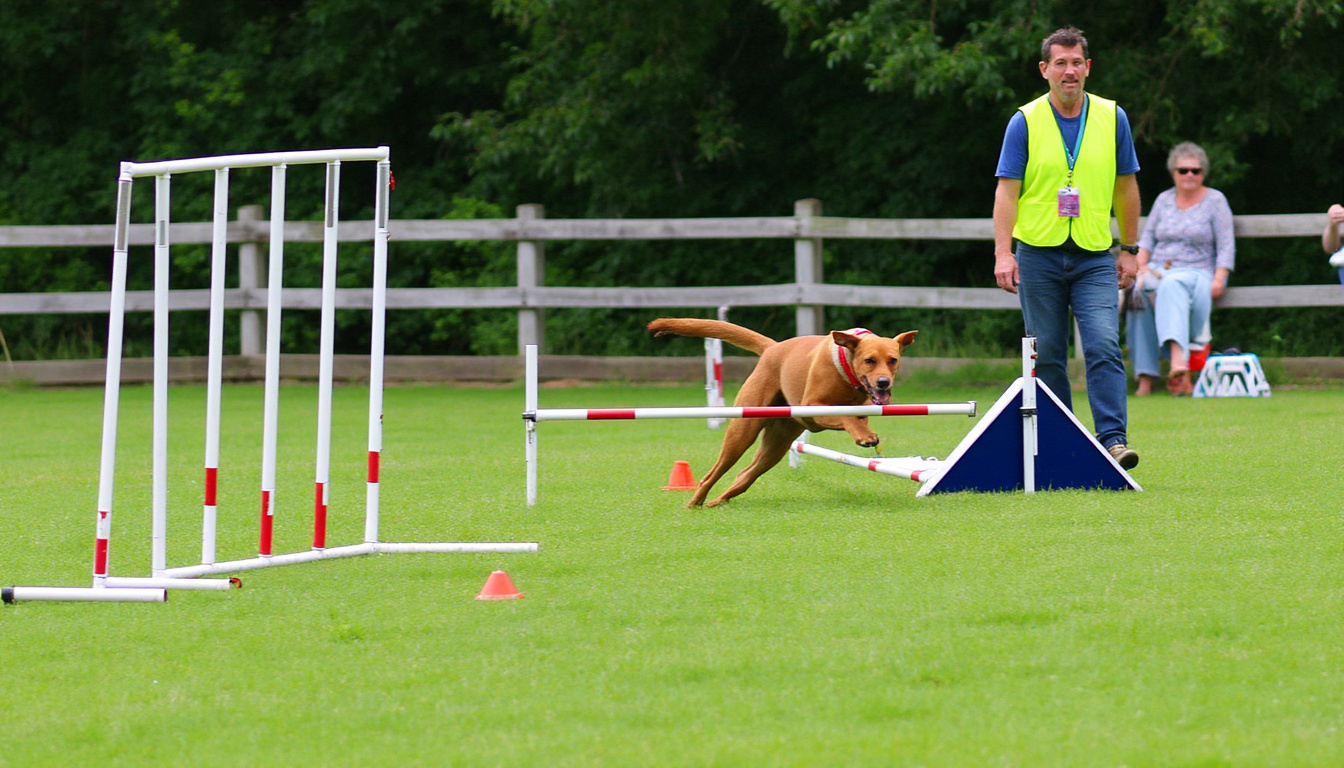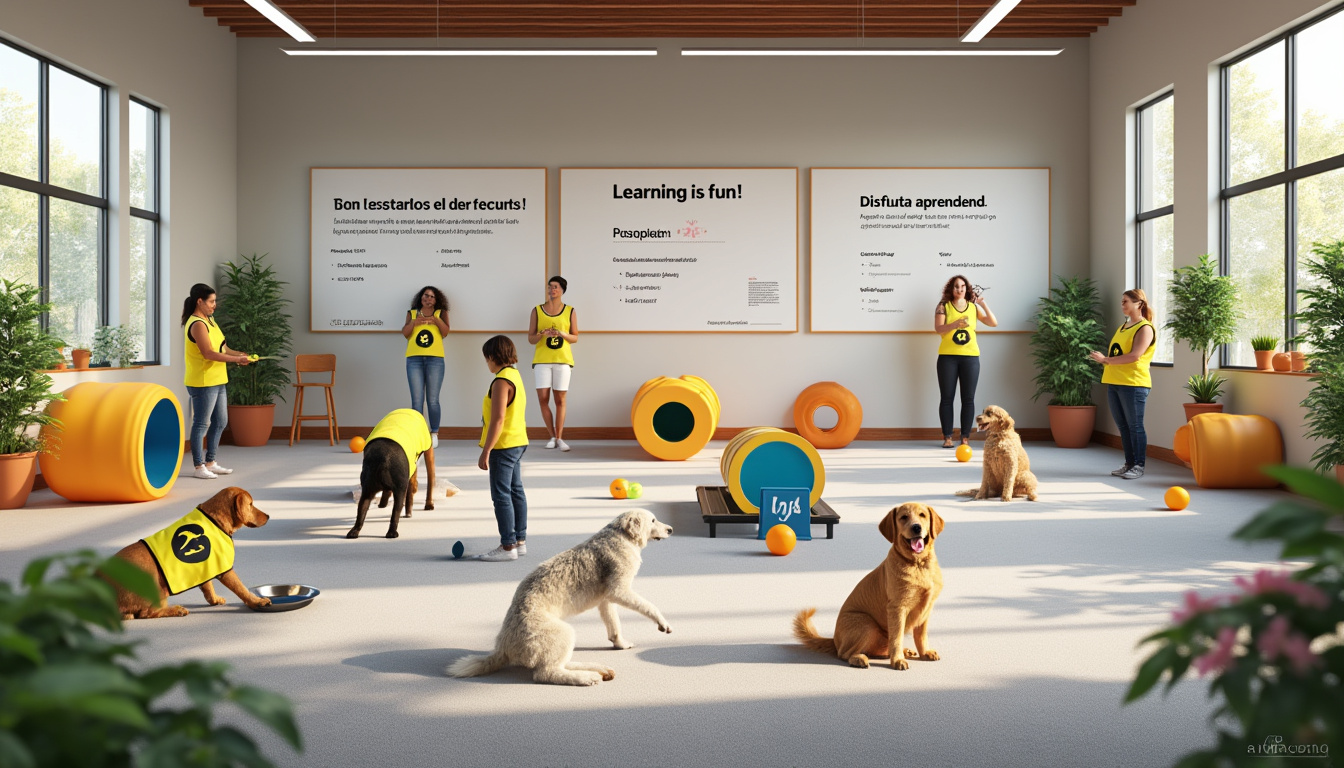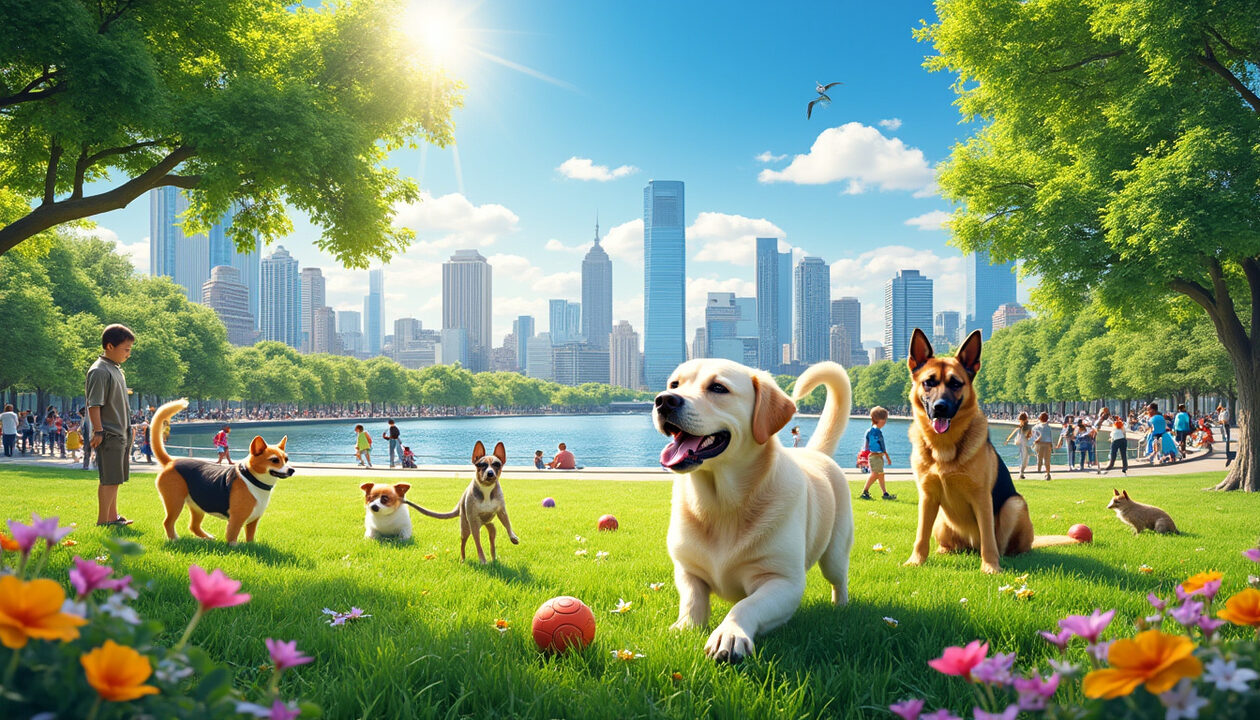How to design a space suitable for dog training?
Designing a space dedicated to dog education is an essential step for your dog’s well-being and health. Whether you are a puppy owner or a parent of an older four-legged companion, it is crucial to create an environment conducive to training. This process incorporates various elements such as agility, accessibility, and safety. In this article, you will discover tips to build a playful space that encourages learning and keeps your dog active and happy.
First of all, the necessary elements for creating such a space vary according to your dog’s specific needs. Consider the size of your garden or house, your pet’s behavior, and the equipment you wish to integrate. Brands like Trixie and Ferplast offer numerous dog training accessories that can be very useful. You will also learn how to avoid common mistakes when setting up this space, to ensure proper instruction and good development for your companion. Explore best practices and discover quality equipment to maximize the impact of your dog’s play area.
The Basics of a Dog Education Space
Creating a positive environment for your dog begins with considering the fundamentals of dog training. As an owner, it is imperative to establish clear rules and provide a stimulating framework for your pet. This involves transforming your home or garden into a true learning zone for dogs.

Importance of Location and Safety
The safety of your dog is paramount. Ensure that the chosen space is free from hazards such as sharp objects and toxic products. A fenced garden or a dedicated play area will help prevent accidents. There are excellent solutions for securing these spaces, such as sturdy fences, gates, and even special protections for anxious dogs.
Suitable Materials
The choice of materials is equally crucial. For example, opt for a soft, non-slip surface, such as synthetic grass or gravel, to ensure comfort and safety. Avoid hard surfaces like concrete, which could injure your dog’s joints during quick movements and jumps. Furniture intended for resting, such as benches and shelters, should also be made from suitable and comfortable materials.
Essential Accessories
- Information panels: To communicate the rules of use at the entrance of the park.
- Water fountains: To ensure good hydration for dogs, especially after physical activity.
- Dog furniture: Benches for owners and shelters for dogs.
- Agility equipment: Such as tunnels, jumps, and slaloms to stimulate physical training.
For effective setup, it is crucial to prioritize these needs. Be sure to read our layout tips for an educational space for additional insights.
Create a Dynamic Agility Course
Setting up an agility course is one of the best ways to encourage physical exercise while making learning fun. Agility offers numerous benefits, whether for routine training or constructive playtime.

Choosing the Right Equipment
To diversify your dog’s training, equip yourself with various types of obstacles. Bars for jumps, tunnels for running, or cones for slalom. Each obstacle should be chosen based on your dog’s size and age. Brands like Trixie and Ferplast offer complete kits of educational equipment for dogs, allowing for varied exercises and creativity in setup.
Adapting the Course to Specific Needs
Not all dogs are the same; some may be hesitant faced with the new, while others will be eager. Adapting the difficulty of the course is legitimate. For a young dog, choose lower obstacles, while for a more experienced dog, challenge them with courses requiring agility and speed. Remember that sessions should remain short to keep your pet focused and motivated.
Preparation and Training Techniques
Prepare each session by taking the time to introduce each obstacle. Encouraging your dog to explore these new challenges should be done with care. Rewards are essential; use treats to reinforce positive behaviors. By considering your dog’s specific needs, you will help combat routine, which can be harmful. A regular change in course configuration will help maintain your dog’s interest.
For encouragement ideas, check out articles on dog training at home.
Create an Engaging Learning Environment
It is important to incorporate entertaining and engaging elements for your dog. A well-designed play area enhances learning while providing moments of relaxation. Interactive games should not be overlooked and can include various activities, whether alone or with their owner.
Educational Games
Integrating educational games into your space can be valuable. Puzzle games are effective for stimulating your dog’s intellect and need for concentration. Furthermore, they strengthen the bond between the animal and its owner, adding a touch of fun during training sessions.
Assessing Your Dog’s Behavior
It is crucial to monitor and evaluate your dog’s behavior during these sessions. This way, you can adjust the intensity of the game or the learning methods used. If your dog shows disinterest, vary the methods or types of exercises offered. The key lies in listening and adapting to your companion’s reactions.
Involving Animal Friends in the Education Space
Social interactions between dogs in an educational setting can also enrich the learning experience. If well managed, these group games will teach social behaviors such as sharing, patience, and of course, fun. Setting aside moments for group play can both be a source of pleasure and education. Discover more about this on specialized sites, like dog parks and education workshops.
Optimizing Maintenance and Management of Your Space
Once your education space is established, it is important to maintain good upkeep to provide a healthy and safe environment for your dog. Investing in durable, easy-to-clean equipment will make this task less tedious.
Regular Cleaning and Care
Keeping the space clean is essential. Use materials that do not retain moisture and are easy to disinfect. Waste must be systematically collected, and play areas should be sanitized regularly to ensure your dog’s health.
Renewal of Equipment
It is good to regularly check the condition of the equipment you have chosen. The games may wear out over time and may no longer be sufficiently safe. Ensure that the obstacles are stable and solid with each use.
Ongoing Education for the Owner
Setting up an education space is also an opportunity for you to learn. Attend training or workshops that will help you better understand canine needs and improve your skills. Resources like tips for effective dog training will help you enhance your knowledge.
Although creating a dog education space requires time and effort, it is an investment that pays off with a happy and balanced dog. With the right advice, the right materials, and an appropriate approach, it becomes possible to create a place where your dog can thrive while learning.




